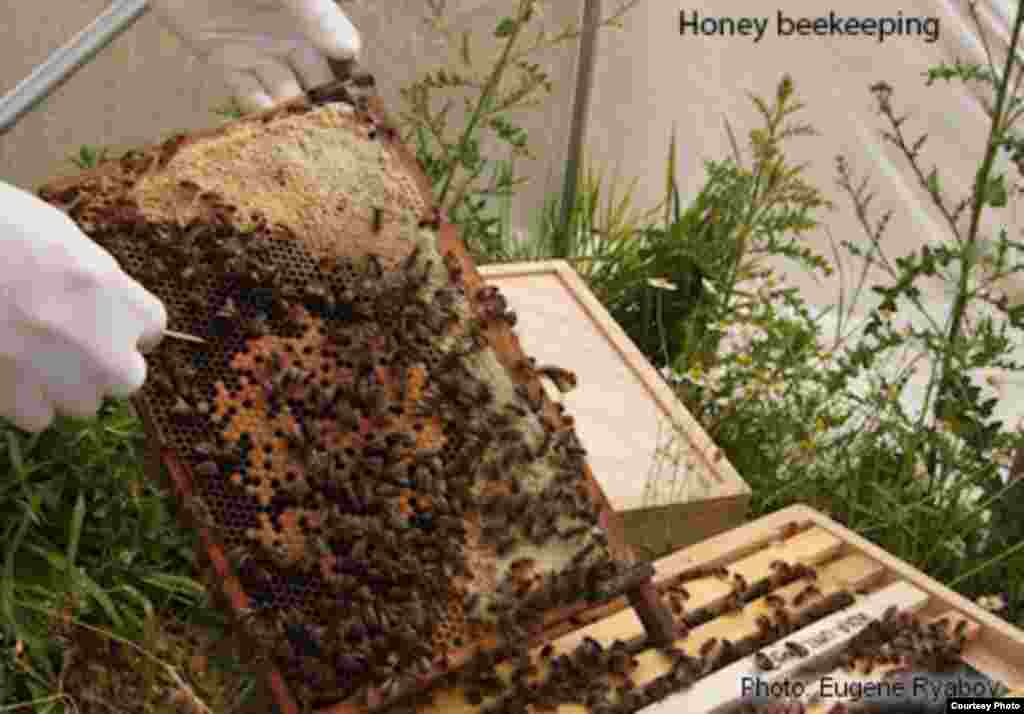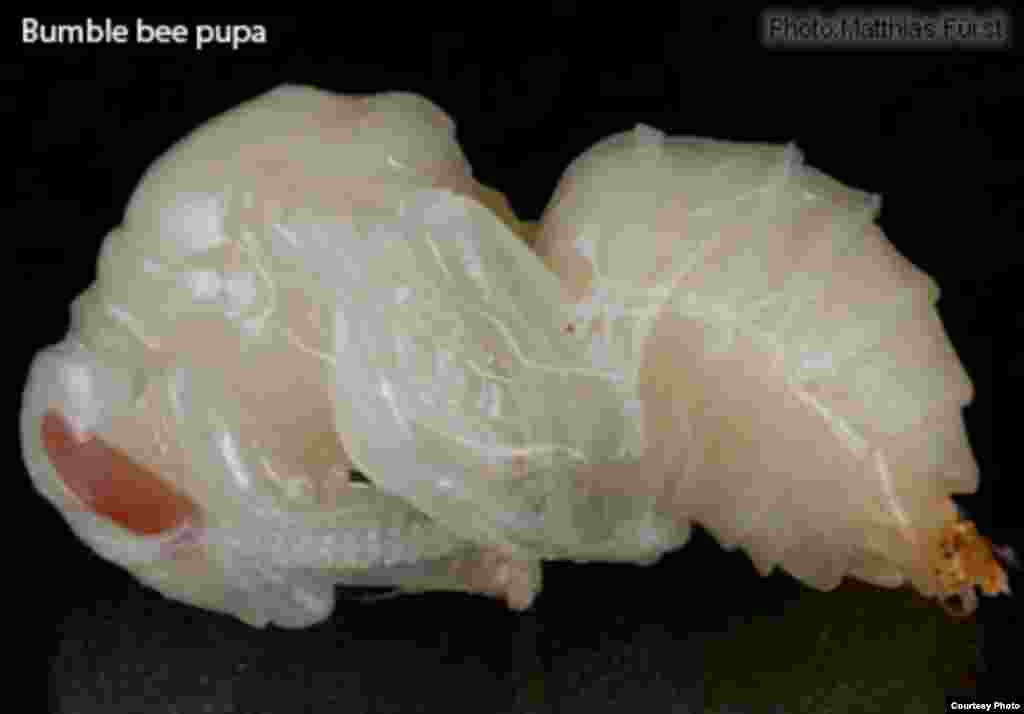The 25,000 to 30,000 species of bees, together with flies, moths, butterflies, wasps, and beetles, make up the majority of pollinating species. They face multiple threats to their survival, including habitat loss, agricultural pesticides, climate change, alien species competition and disease.
Pollinators Being Threatened

9
Flies forage widely across landscapes and may provide a substantial pollination service to wild plants and crops. Compared to bees, however, they are poorly studied. (Photo: Adam Vanbergen)

10
Wildlife biologists, working with colleagues from disciplines as diverse as mathematics, neuroscience, molecular biology, epidemiology and economics are studying the causes and consequences of insect pollinator decline and what we can do to arrest this loss of beneficial biodiversity. (Photo: Claire Carvell)

11
In some regionsof the world, bee farmers often must transport their bee hives long distances to supply economically important pollination services to agricultural crops like fruits and vegetables. (Photo: Eugene Ryabov)

12
Bumble bees live in a colony with a queen bee that produces the offspring. Lack of flowers in the nest vicinity and exposure to pesticides threatens the colony's ability to feed their young and produce new queens. (Photo: Matthias Furst)



